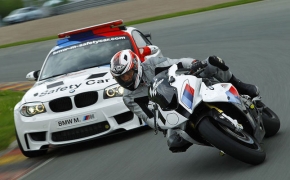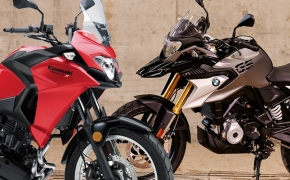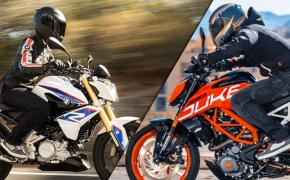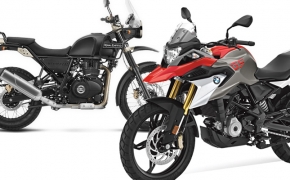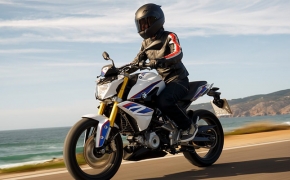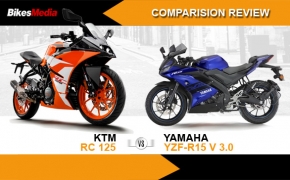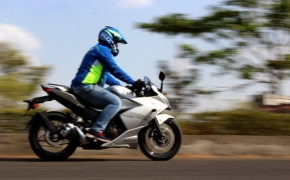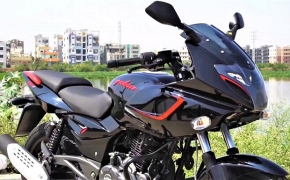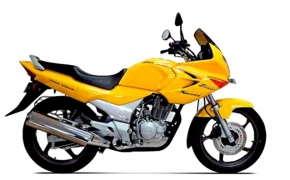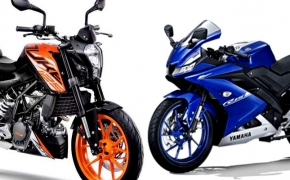Most of the bikes plying on the road today still use the good ol’ carb. But now more and more two wheeler companies are looking into fuel injection as an option in their bikes simply because it is the new tech that has come up. But don’t get us wrong, fuel injection has been in the picture since the 1980s. Just it was not that well sought after and hence never was given a thought about feasible manufacturing making it a huge premium.
Today in 2015 Hero and Magneti Marelli have come up with a Joint Venture to research and develop cost effective Electronic Fuel Injection (EFI) Units that can be fit into any bike and yet keep the overall costs down. But even after all that a buyer does not look into EFI units as an advantage, but thinks of it as an unnecessary premium.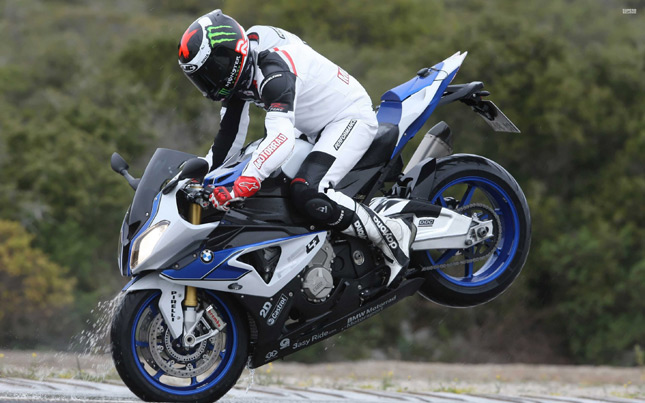 So what is the concept of Fuel Injection?
So what is the concept of Fuel Injection?
To understand this better, let’s compare this with our good friend, the carburetor. The engine of the bike has to be provided with an air fuel mixture for proper combustion inside. So the mixture if not proper does not provide a proper balance leading to improper performance. For an average bike using unleaded fuel the mixture has to be in the range of 12-14.7 parts of air to one part of fuel. This is the band where the maximum performance with most efficiency is found.
Now in this there are terms like a lean mix and a rich mix. When the amount of fuel to air is on the higher side (i.e. 12) then it is a rich mixture to bring out the maximum performance. But when the same figure hovers around 14.7 then it is a lean mix to bring out the highest efficiency by compromising on performance. This is what has to be manually adjusted on a carburetor using a big ass screwdriver.
All these hassles are taken care of in a Fuel Injection Unit. For starters it is electronically controlled using an ECU (Electronic Control Unit). It contains fuel maps which adjust the air fuel mixture according to the riding conditions, but more on that later.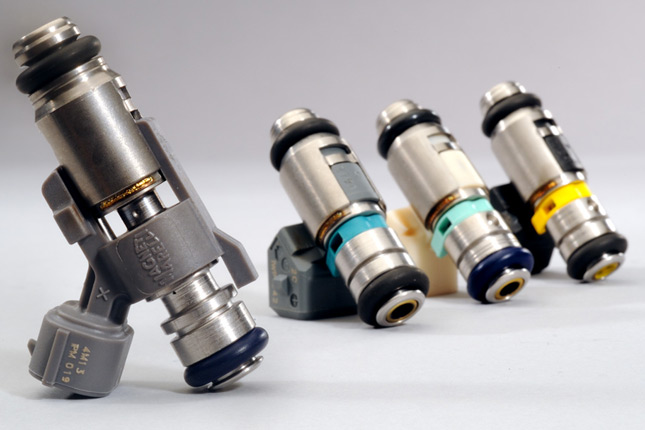 How Does Fuel Injection Work?
How Does Fuel Injection Work?
To wrap it up in short, the fuel is directly injected into the combustion chamber of the engine. But there is quite a system in place for that. The Fuel injection unit has an electrical pump which is pressurized so that the fuel can be injected easily and with force to make sure the amount of fuel is accurate. The pressure helps in atomizing the fuel which allows to sensor the accurately calculate the fuel amount.
In case of EFI bikes, you might have heard that a certain amount of fuel cannot be used from the tank. This is because when there is no more fuel left to get the desired pressure, the remaining fuel in the pressure pump is rendered useless. Hence the non-usability.
So when the engine is running, instead of regular valves, the fuel from the pressure pump is directly injected into the combustion chamber using nozzles. The sensor attached to the nozzle makes sure the right amount of fuel is inserted inside. This rate of fuel injection is controlled by the ECU. So for an economical ride the mixture is kept lean while the performance mapping allows for a rich mixture.
Now this is all theoretical explanation, but when we check out how the function is in the real world, it is all very fast. Consider this for starters, when you are riding in the city traffic, that means continuous stop and go; in this case the ECU is continuously monitoring your throttle input. When the throttle is given a gentle pull, the lean mixture is provided; but if you give a sudden pull of outright acceleration, a rich mixture is allowed for maximum power.
The same is in the case of cruising. While you are cruising on the highway at a steady pace, the ECU calculates the right mixture for the fueling and hence provides a combination of lean and semi-rich mixture alternately to give the best output. But when you give a sudden pull to the throttle, the ECU detects it immediately and gives a rich mixture. All these capabilities are only possible for fuel injection and not for carburetors since they take a lot of effort to tune and cannot be programmed unlike EFI.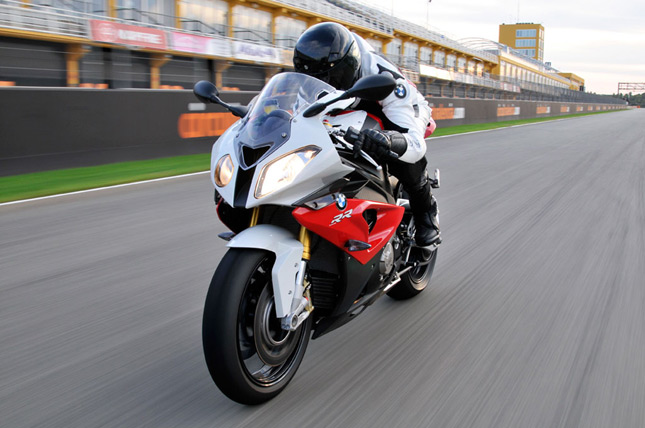 How Does Fuel Injection Help?
How Does Fuel Injection Help?
As a matter of fact, in the real world applications, you would really not find much difference in the operation between a bike with a carburetor and the same bike fitted with an EFI unit. Only a trained or experienced guy can make out the small and subtle difference and changes.
But on the other hand Fuel Injection has a lot of advantages; the biggest being cleaner and complete combustion. Since the fuel from the carburetor cannot be controlled every time, sometimes a bit extra might simply escape. But in EFI units, the exact amount of fuel which is required is injected. Hence the fuel burns fully and cleanly. Hence it literally helps use every drop of the fuel. This even makes the job easier for the catalytic convertors as well.
Secondly the carburetors have an open unit which allows air to combine inside them and that also means the air inside also has a way out to escape. That means the fuel inside can evaporate to gas and escape out. FI units are totally air tight, so there is no loss of fuel as well this way; hence the added economy. Also during riding, since the exact amount of fuel is injected, there is no flooding of the engine. Hence the engine performance is a lot more precise and peppier. The throttle sensitivity is at an all-time high.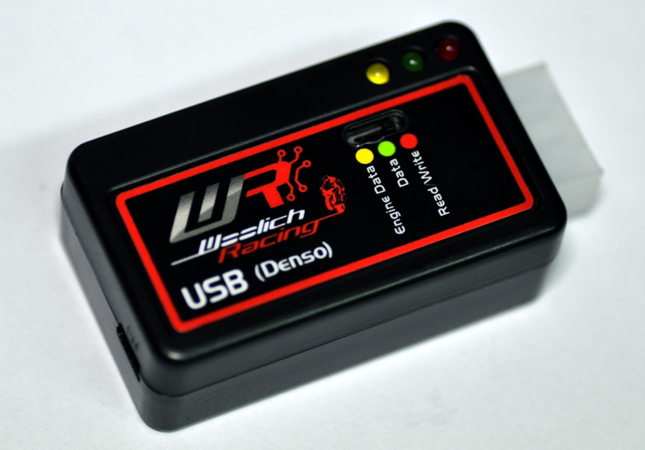 What Are Fuel Maps?
What Are Fuel Maps?
We talked earlier about different fuel maps in the ECU of the bike. The best way to understand this is to take an example. If you might have noticed or must have come under your attention, some bikes have riding modes on them which are adjustable. Almost all the superbikes have them, but now even some of the sports bikes are getting this facility. Basically there are 2-3 riding modes like Normal, Sport, Eco, etc. These modes actually depend upon the fueling of the bike via the EFI unit.
The ECU gets certain preset modes in which it is programmed to deliver a certain type of fueling when on a certain mode. So the Eco mode which is designed to get the most mileage out of the bike provides a lean mix. This hinders the performance a bit, but gets the most miles out of the same amount of fuel. The Sport mode gets a rich mix to get the maximum performance out of the machine. The Normal mode gets a variable setting to judge the best mixture depending upon the riding style of the biker.
Now these mixtures and modes vary from every bike and every manufacturer. So there is really no constant system in play here. There are also many performance institutes who design their own fuel mapping systems to get the most out of the machine, outside of the manufacturer provided limitations. After all it is an ECU that controls it which is like a computer, so the very way a computer can be programmed with new apps, the same way the ECU can be programmed with new Fuel Maps. The only issue here is that a wrongly made Fuel map could even cause damage to the bike, so always make sure to get one from a trusted source. Plus not to mention that getting performance fuel maps cost quite a bomb. Compared to that, tuning a carburetor is quite easier and cheaper, though time consuming.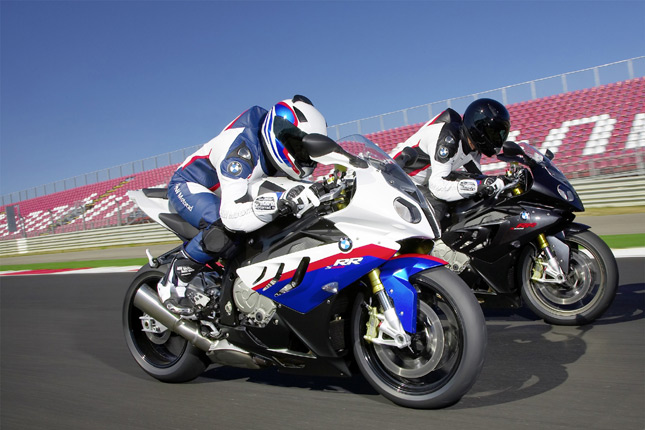
Hit us down below in the comments section to share any feedback or for any queries and stay tuned to BikesIndia for more on 2 wheels.
By: Pratik Patole
Today in 2015 Hero and Magneti Marelli have come up with a Joint Venture to research and develop cost effective Electronic Fuel Injection (EFI) Units that can be fit into any bike and yet keep the overall costs down. But even after all that a buyer does not look into EFI units as an advantage, but thinks of it as an unnecessary premium.
 So what is the concept of Fuel Injection?
So what is the concept of Fuel Injection?To understand this better, let’s compare this with our good friend, the carburetor. The engine of the bike has to be provided with an air fuel mixture for proper combustion inside. So the mixture if not proper does not provide a proper balance leading to improper performance. For an average bike using unleaded fuel the mixture has to be in the range of 12-14.7 parts of air to one part of fuel. This is the band where the maximum performance with most efficiency is found.
Now in this there are terms like a lean mix and a rich mix. When the amount of fuel to air is on the higher side (i.e. 12) then it is a rich mixture to bring out the maximum performance. But when the same figure hovers around 14.7 then it is a lean mix to bring out the highest efficiency by compromising on performance. This is what has to be manually adjusted on a carburetor using a big ass screwdriver.
All these hassles are taken care of in a Fuel Injection Unit. For starters it is electronically controlled using an ECU (Electronic Control Unit). It contains fuel maps which adjust the air fuel mixture according to the riding conditions, but more on that later.
 How Does Fuel Injection Work?
How Does Fuel Injection Work?To wrap it up in short, the fuel is directly injected into the combustion chamber of the engine. But there is quite a system in place for that. The Fuel injection unit has an electrical pump which is pressurized so that the fuel can be injected easily and with force to make sure the amount of fuel is accurate. The pressure helps in atomizing the fuel which allows to sensor the accurately calculate the fuel amount.
In case of EFI bikes, you might have heard that a certain amount of fuel cannot be used from the tank. This is because when there is no more fuel left to get the desired pressure, the remaining fuel in the pressure pump is rendered useless. Hence the non-usability.
So when the engine is running, instead of regular valves, the fuel from the pressure pump is directly injected into the combustion chamber using nozzles. The sensor attached to the nozzle makes sure the right amount of fuel is inserted inside. This rate of fuel injection is controlled by the ECU. So for an economical ride the mixture is kept lean while the performance mapping allows for a rich mixture.
Now this is all theoretical explanation, but when we check out how the function is in the real world, it is all very fast. Consider this for starters, when you are riding in the city traffic, that means continuous stop and go; in this case the ECU is continuously monitoring your throttle input. When the throttle is given a gentle pull, the lean mixture is provided; but if you give a sudden pull of outright acceleration, a rich mixture is allowed for maximum power.
The same is in the case of cruising. While you are cruising on the highway at a steady pace, the ECU calculates the right mixture for the fueling and hence provides a combination of lean and semi-rich mixture alternately to give the best output. But when you give a sudden pull to the throttle, the ECU detects it immediately and gives a rich mixture. All these capabilities are only possible for fuel injection and not for carburetors since they take a lot of effort to tune and cannot be programmed unlike EFI.
 How Does Fuel Injection Help?
How Does Fuel Injection Help?As a matter of fact, in the real world applications, you would really not find much difference in the operation between a bike with a carburetor and the same bike fitted with an EFI unit. Only a trained or experienced guy can make out the small and subtle difference and changes.
But on the other hand Fuel Injection has a lot of advantages; the biggest being cleaner and complete combustion. Since the fuel from the carburetor cannot be controlled every time, sometimes a bit extra might simply escape. But in EFI units, the exact amount of fuel which is required is injected. Hence the fuel burns fully and cleanly. Hence it literally helps use every drop of the fuel. This even makes the job easier for the catalytic convertors as well.
Secondly the carburetors have an open unit which allows air to combine inside them and that also means the air inside also has a way out to escape. That means the fuel inside can evaporate to gas and escape out. FI units are totally air tight, so there is no loss of fuel as well this way; hence the added economy. Also during riding, since the exact amount of fuel is injected, there is no flooding of the engine. Hence the engine performance is a lot more precise and peppier. The throttle sensitivity is at an all-time high.
 What Are Fuel Maps?
What Are Fuel Maps?We talked earlier about different fuel maps in the ECU of the bike. The best way to understand this is to take an example. If you might have noticed or must have come under your attention, some bikes have riding modes on them which are adjustable. Almost all the superbikes have them, but now even some of the sports bikes are getting this facility. Basically there are 2-3 riding modes like Normal, Sport, Eco, etc. These modes actually depend upon the fueling of the bike via the EFI unit.
The ECU gets certain preset modes in which it is programmed to deliver a certain type of fueling when on a certain mode. So the Eco mode which is designed to get the most mileage out of the bike provides a lean mix. This hinders the performance a bit, but gets the most miles out of the same amount of fuel. The Sport mode gets a rich mix to get the maximum performance out of the machine. The Normal mode gets a variable setting to judge the best mixture depending upon the riding style of the biker.
Now these mixtures and modes vary from every bike and every manufacturer. So there is really no constant system in play here. There are also many performance institutes who design their own fuel mapping systems to get the most out of the machine, outside of the manufacturer provided limitations. After all it is an ECU that controls it which is like a computer, so the very way a computer can be programmed with new apps, the same way the ECU can be programmed with new Fuel Maps. The only issue here is that a wrongly made Fuel map could even cause damage to the bike, so always make sure to get one from a trusted source. Plus not to mention that getting performance fuel maps cost quite a bomb. Compared to that, tuning a carburetor is quite easier and cheaper, though time consuming.

Advantages Of FI:
* Consistent power output
* Higher Fuel efficiency
* Cleaner emissions
* Smooth operation
* Better Cold starts
* Adjustable riding modes
* Accurate throttle response
* Easy Tuning
Disadvantages Of FI:
* High maintenance cost
* High Initial cost
* Cannot run until empty (has unusable fuel)
So this is how Fuel Injections in motorcycles work. Currently they can be found on only premium segment bikes, but with the technology being developed to be more feasible, expect it to come to other bikes as well soon. In the EU countries, the laws related to emissions are so strict; Fuel Injection has been made pretty much mandatory for all vehicles plying on roads there. Let’s hope something similar comes to our shores as well and soon.* Consistent power output
* Higher Fuel efficiency
* Cleaner emissions
* Smooth operation
* Better Cold starts
* Adjustable riding modes
* Accurate throttle response
* Easy Tuning
Disadvantages Of FI:
* High maintenance cost
* High Initial cost
* Cannot run until empty (has unusable fuel)
Hit us down below in the comments section to share any feedback or for any queries and stay tuned to BikesIndia for more on 2 wheels.
By: Pratik Patole












